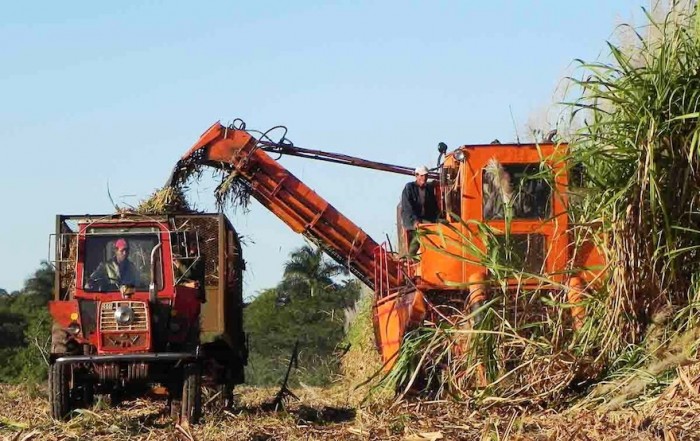From the Series

Cuba’s sugar industry could be a substantial contributor to the country’s clean energy needs. According to scientists, the sugarcane biofuel bagasse could supply up to 40 per cent of Cuba’s energy. The thawing of US-Cuba relations (and the reopening of the two countries’ respective embassies) could lead to an economy boom in Cuba, but previous years of darkness and energy shortages led the country to thinking radically about how it generates its energy.
For decades the Cuban economy ran off cheap oil exchanged for sugar with the Soviet Union. In 1991 the fall of the communist government in the Soviet Union threw the Caribbean island into an energy crisis with widespread blackouts and electricity outages; these years became know as the “Special Period”. In 2006 Cuba launched an Energy Revolution with the aim of encouraging better energy awareness a movement towards power from renewables. Now, instead of exchanging sugar for oil, sugar could be used in the creation of a sustainable biofuel.
Sugar is one of Cuba’s largest exports. Bagasse is a fibre from sugarcane waste that can be burnt as a biofuel and used to power the sugar mills, while any excess energy can be fed back to the grid. The energy produced by bagasse should be more than sufficient to power the mills, meaning that the industry could become energy neutral. The burning of the sugar-cane biofuel produces less carbon dioxide emissions than the plant absorbs via photosynthesis during its lifetime, making the fuel carbon neutral.
Cuba is also actively looking to other renewable energy technologies: today more than 2000 rural schools, as well as hundreds of health clinics and social centres, are run off solar power and the countries coastlines could provide a supply of wind-generated electricity. In 2006 Cuba became the first nation to completely replace incandescent light bulbs with more efficient fluorescent bulbs when over nine million bulbs swapped for free in less than six months. As part of the Energy Revolution, energy awareness has been included in educational programmes both at universities and at schools, where energy saving principles are taught in physics, biology, economics and geography classes.







